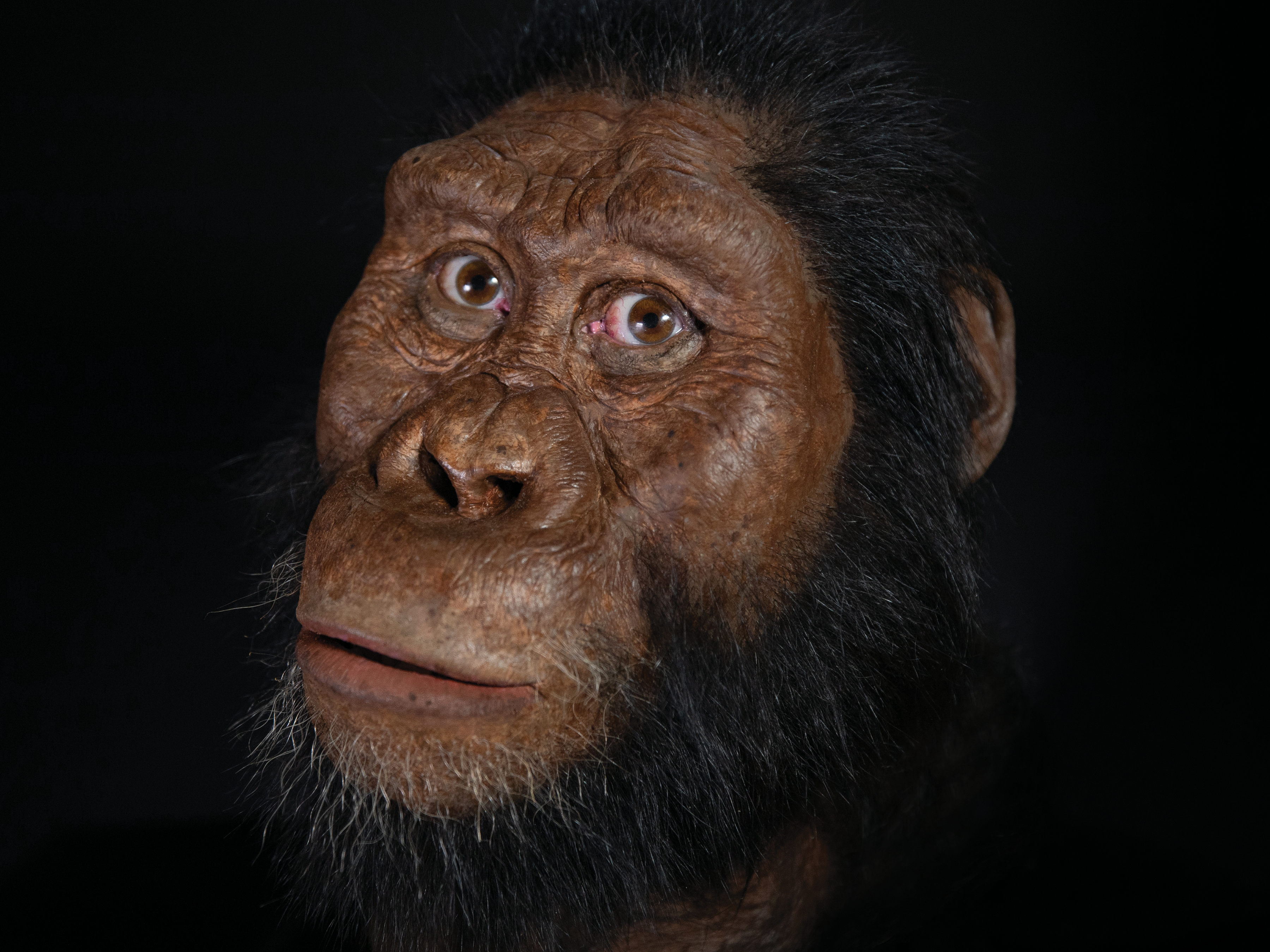- Anthropologists have found very few fossils of the Australopithecus anamensis species – a hominin ancestor that lived in Africa between 4 million and 2 million years ago.
- Now researchers have discovered that an Australopithecus anamensis skull found in 2016 is 3.8 million years old, making it the oldest Australopithecus skull ever found.
- The skull, named “MRD,” was discovered in the Afar region of Ethiopia.
- Its age indicates that Australopithecus anamensis coexisted with Australopithecus afarensis, a species that anthropologists thought lived later on.
- Visit Business Insider’s homepage for more stories.
Everything we know about the group of human ancestors called australopiths comes from just a few dozen fossils.
But a skull discovered in Ethiopia is now changing anthropologists’ understanding of the group.
The skull, nicknamed “MRD,” was unearthed in 2016 in the Afar region in Ethiopia. By carbon dating minerals in the rocks near where MRD was found, scientists determined the fossil to be roughly 3.8 million years old. That makes it the oldest Australopithecus skull ever found, edging out the previous record holder by about 200,000 years.
The scientists’ findings about the MRD, published today in the journal Nature, also show that it belonged to a member of the oldest species of australopith, called Australopithecus anamensis.
That means MRD (the nickname comes from its collection number, MRD-VP-1/1) coexisted with another species of human ancestor, Australopithecus afarensis, for at least 100,000 years. The nearly complete skeleton "Lucy" was a member of that latter group, which roamed Africa between 3.9 million and 3 million years ago.
The overlapping timelines of these two species alters scientists' timeline of human evolution, since they previously thought the species burst onto the evolutionary scene one after the other.
A face for Australopithecus anamensis

The term hominin refers to any ancestor in the human lineage (including modern-day Homo sapiens) who are more closely related to each other than they are to chimpanzees. That includes everything from the stone-tool-wielding Homo erectus to our Neanderthal cousins.
Australopiths, which were bipedally adept and occasionally climbed trees, were precursors to human ancestors like Neanderthals. They form an evolutionary link between the last common ancestor of humans and chimpanzees and the ancestors of modern humans.
Scientists previously thought Australopithecus anamensis lived before other early hominin species. But the 3.8 million-year-old skull shows that there wasn't a linear transition from one species to the next, in which MRD-like individuals disappeared and "Lucy"-like individuals took their place.
"This is a game changer in our understanding of human evolution during the Pliocene," Yohannes Haile-Selassie, the lead author of the study, said at a press conference.

The team's discovery also revealed for the first time what Australopithecus anamensis' face looked like.
"This is the first specimen to ever give us a glimpse about this species - previous findings were limited to isolated jaw fragments, teeth, and one small fragment of an ear bone," Haile-Selassie said.
Those previous Australopithecus anamensis specimens, found in Kenya and Ethiopia, were between 4.2 million and 3.9 million years old. This new skull is slightly younger, but it's still the oldest Australopithecus skull ever found -it's almost 200,000 years older than the skull found with the nearly complete "Little Foot" skeleton, which is 3.67 million years old.
MRD shows that Australopithecus anamensis had a protruding face with a prominent forehead and cheek bones, much like other australopiths in the fossil record.

"Australopiths have big, massive faces," study coauthor Stephanie Melillo from the Max Planck Institute for Evolutionary Anthropology, said at a press conference. Members of the genus Homo, which includes modern humans, have flatter, more slender faces by comparison.
The skull also revealed that the species had a small brain, which aligns with previous assumptions about its placement on the evolutionary tree between "Lucy"-like australopiths and earlier hominins that were not bipedal.
MRD lived 3.8 million years ago in Ethiopia

Haile-Selassie knew his team had found something special when a worker named Ali Bereino stumbled upon a jawbone in the sandstone near the Woranso-Mille district of Ethiopia on February 10, 2016.
"I couldn't believe my eyes when I spotted the rest of the cranium. It was a eureka moment and a dream come true," he said in a press release.
They discovered an almost complete skull split into two major pieces - the upper jawbone was separated from rest of head, Haile-Selassie said. The team then analyzed the fossil specimen for the next few years, digitally reconstructing the skull's missing pieces and comparing the renderings with other Australopithecus fossils. That work led them to determine that MRD belonged to the species Australopithecus anamensis.
The researchers also concluded that MRD was likely a male and lived in a dry shrubland habitat.
"This cranium looks set to become another celebrated icon of human evolution," Fred Spoor, a researcher at London's Natural History Museum who was not involved in the studies, wrote in an accompanying Nature article.
"Its discovery will substantially affect our thinking … on the evolutionary family tree of early hominins," he added.

